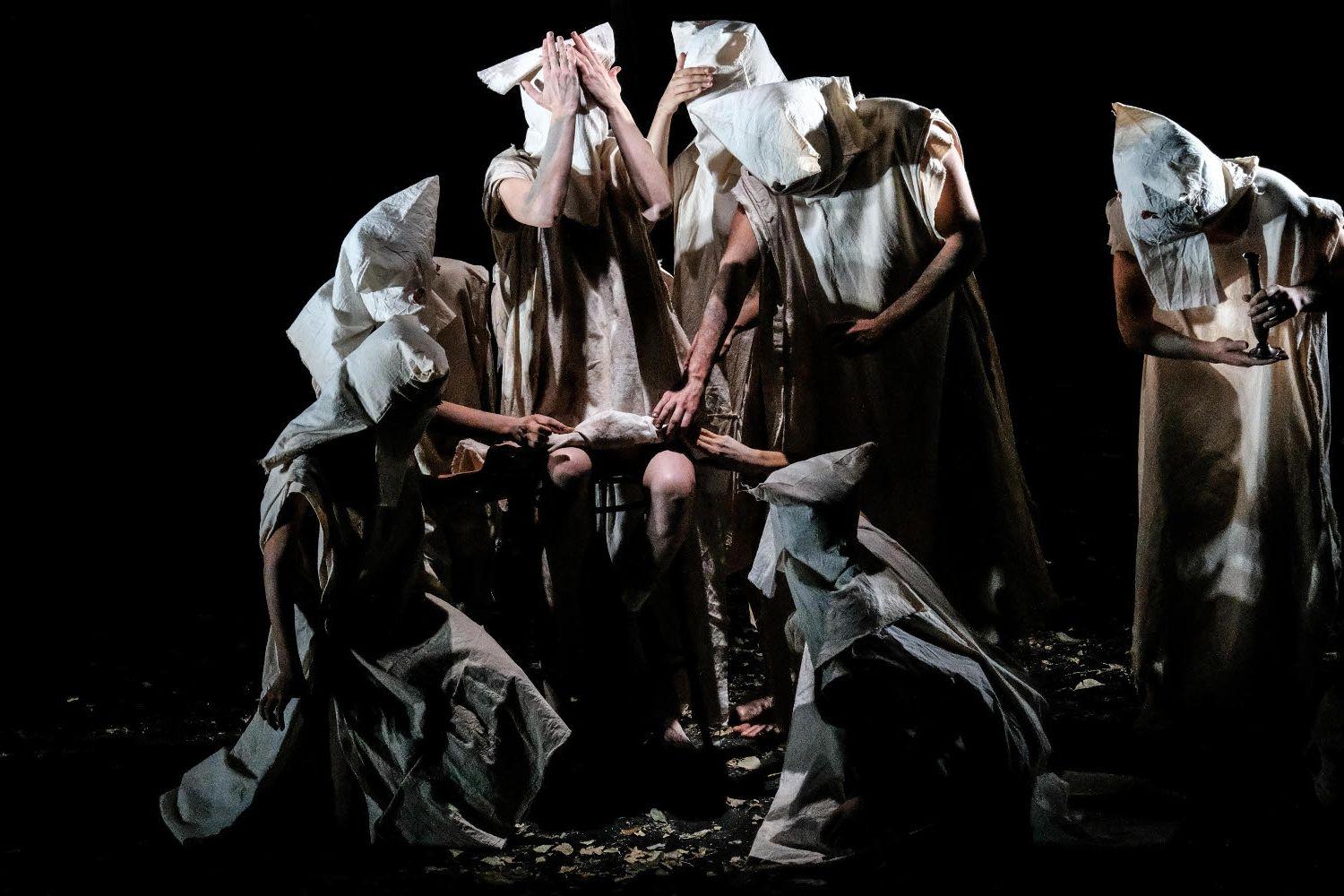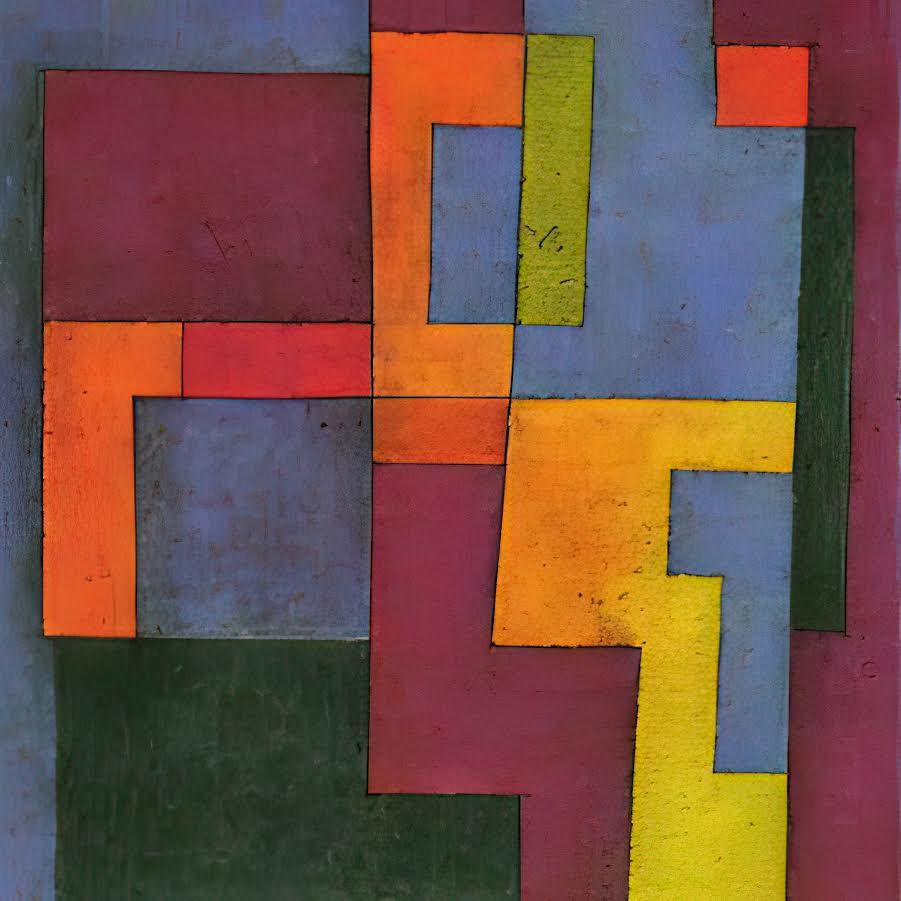Brannen (The Fire)
completedPlayOn!

Summary"Brannen" captures the horrifying happenings of the city fire in Ålesund 1904 and Molde 1916.
You meet three girls and their art teacher at the day of the fire. The pupils and their visitor class (the audience) are sent home because of evolving of bad weather. At their walks in the city, solving their home work, they experience something that will change everything - forever.
"Brannen" is made for an audience aged 12+ but is likely to also be for an adult audience. The performance consists of three parts. Part 1 and 3 are located in the theatre, and in Part 2 the audience leaves the building and is guided in the neighborhood by a smartphone-app, making their way to an exciting discovery: an emotional story of three girls, whose life was shaped by a tragic event. An event that lives on in the minds of the current residents of the cities and still shapes their identity.
___________________________________________________________
A Teatret Vårt production as part of the Creative Europe project PlayOn!, in collaboration with NTNU, Romsdalsmuseet (Historical museum, Molde), Høstscena (theatre festival in Ålesund), VITI (science center, Ålesund)
Introduction
What questions did you have at the start of this project?
Can new technologies be integrated into a theater production in an unusual and useful way? In which way can we include technology in a "normal narrative“ to make a story more attractive for young people? How to connect real actions with digital technology to create new content? What technology could be used and who would be responsible for the development? Which of our visions are realistic and achievable?
Is there a chance to get students of the university/digitality in Ålesund interested in the project and include them as digital experts in the
project?
What technology was the focus of the work, and why?
In an early state, it was clear that an app, developed by Ben Kirman from University York, will be used for sure in the show, may be accompanied by other technologies.
What did you hope to explore in terms of technology, form, and content?
The hope was to create a new, unusual level for viewers in relation to new technologies, allowing new dimensions to both the story and the visual experience. We wanted to use digital technology to tell a story from 1904 for young people. With the help of the technology, we wanted to take them back in time and use the immersive technology to bring the young viewers closer to the period, our characters and their life conditions and use the digital passion of young people to make a powerful story more exciting and intense for them and to connect the history with their lives (via technology, they are used to).


Creative Process
How did the collaborators work together on this project?
Through our previous work in PlayOn! we had understood that a production that wants to use technology needs significantly longer preparation times than a normal production. The whole process started almost 2 years before the opening and the rehearsal process was divided in 2 parts - the first part focused on the decisions for technology took place 6 months before the "normal rehearsal start“. The entire artistic team was involved in the development of the story and app-content right from the start; all steps were discussed in detail. This was very time-consuming and sometimes complicated, as some of those involved were often still working on other projects and found it difficult to clear their heads for Brannen. However, this close collaboration also meant that in the end we found a solution that was acceptable to everyone. It was not the maximum for everyone, but what was ultimately achievable and possible under the given conditions.
What forms of trial and error occurred?
The rehearsals started with a blog of 2 weeks half year before the "normal rehearsals“ started. This part was mainly dedicated to the technology. The app was prepared with some main elements and placeholders, so we already could invite test audiences.
The second (leading to the opening) blog started with testing the technology (unusual for the actors) and was also including test audience. Regularly till the opening we invited test audiences, which helped us developing the content, but also deciding on practical solutions. Believing that anything is possible was a mislead. Time and effort limits options. In terms of implementation options for an ongoing theatre, not all ideas are good ideas.
Did you use existing software?
We used an existing app: the app had already been used in other Play-ON! projects before and colleagues had good experiences with it. And Ben, the developer, was interested to join Brannen as the digital expert and was willing to customize the app to our needs.
For sound we worked with the «fake-Jørgen» voice to be able to finish the soundwalk for testing, before we did the recordings with an actor. That saved us from doing multiple recordings throughout the progress.
Did any of your questions or goals change, over the course of this project?
In the beginning, we also considered using AR and holograms during the walk through the city, but all considerations turned out to be unfeasible. This was certainly primarily due to the fact that we lacked digital knowledge in the directing team and were unable to make adequate suggestions for the implementation of technology for our artistic ideas. But the financial constraints also set limits.
What were the key milestones in the development of the production?
The app was of course a very central element. When we started to understand how the app was about to work, it made it more clear what our
possibilities were. The common decision for a story was also central.
The decision for the installation of the "fire room" - with strong projection and an immersive sound collage helped us move forward more concrete.Giving up the use of other technologies such as AR or holograms or microcontrollers. The realization that further digital applications would overburden us - financially, but also in terms of embedding them in the overall concept.


Reflections
What was the final outcome of the project, and how does it compare to any expectations at the start?
The director's idea, which was at the very beginning of the project, was completely dropped and replaced by a new story, only keeping the theme
of "life of young girls in the time of the fires".
The constant detailed exchange during the development process of the play, including the discussion of how the technology should be used, demanded considerable compromises from everyone, but in the end also enabled an ambitious production that was supported by everyone.
Despite all the difficulties and setbacks, we put together a project that was unusual for everyone in the team. It gave us insights and showed us the first ways to see what is possible with new technologies. I think it was like a first learning step that gave us a good foundation to build on subsequent projects.
In what ways was the production a success?
It figures as a great success in many ways: it showed us what is possible and how a project like this can bring people and ideas together. And that our story and characters have grown with us throughout the entire development process. We managed to tell an emotional, powerful story that connects to the identity of the cities in a way that appeals to young people. We connected the old story from 100 years ago with their lives - also using technology. It is difficult to get teenagers interested in theater; the use of technology surprised them and shattered their expectations of theater as something "dusty". Theater was suddenly cool.
What elements of the final production would you change?
It would be great to include more playful elements during the use of the app - and mix it more with "real actions", as we planned at the very beginning. With a little more time to explore the technical possibilities in the rooms at Arbeideren it could be even more extravagant; especially ground floor could have been more integrated with lights and sound.
If other people were to take a similar approach, what advice would you give?
Acquire as much knowledge as possible in advance for more knowledge about what and who exactly is needed and what might be possible, and in that way take more advantage of new technology.





